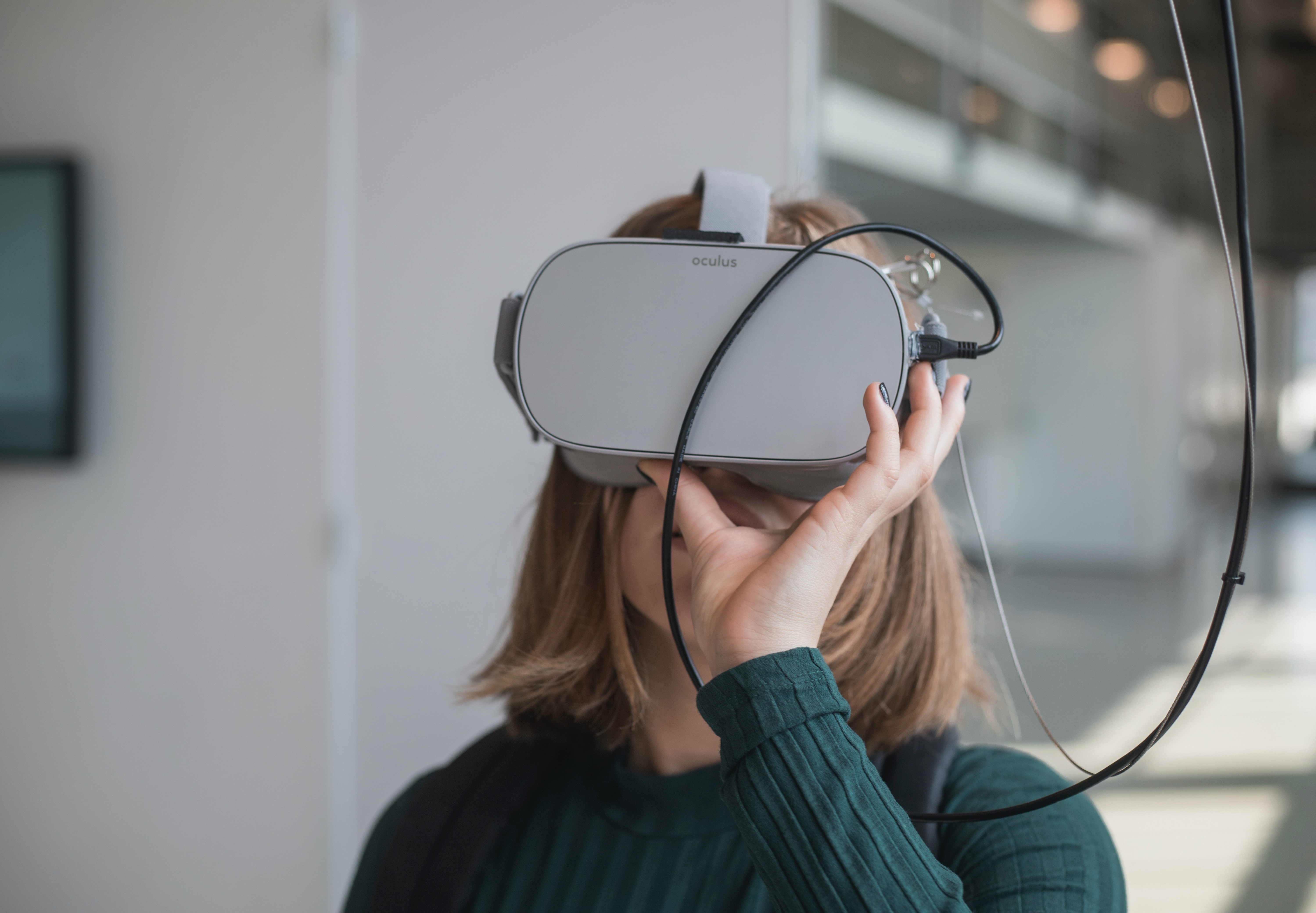
Protect your virtual identity using a trademark
What you need to know (in a nutshell)
- The USPTO granted a trademark for the use of an avatar in virtual worlds in the trademark class “computer programming services”.
- 2008 was the year a trademark was first granted for a virtual identity.
- The registration of an avatar’s name as a trademark raises legal questions about the use and protection of virtual identities.
Full Article
In November 2008, the USPTO registered Alyssa LaRoche’s Second Life avatar, Aimee Eber (trademark registration no. 3531683), as a trademark for computer programming services such as creating virtual and 3D content.
In Second Life, people create virtual personas (avatars) to travel, socialise and even buy & sell property in this multiplayer online role-playing game. Some players can make real money by participating in activities within the virtual world.
Aimee Weber, a virtual avatar created by Alyssa LaRoche and used to offer services in Second Life, made history with her trademark registration from the USPTO. This is the first time this organization has recognized such an accomplishment relating to a virtual service.
The legality of registering an avatar’s name as a trademark poses interesting questions. For example, would using the mark in virtual worlds be enough to uphold it? Additionally, is there any way for trademark holders to sue another user over infringement occurring only within these digital realms?
In the future, trademarks and other virtual IP rights for avatars may become more important if technology allows them to go between different online realities.